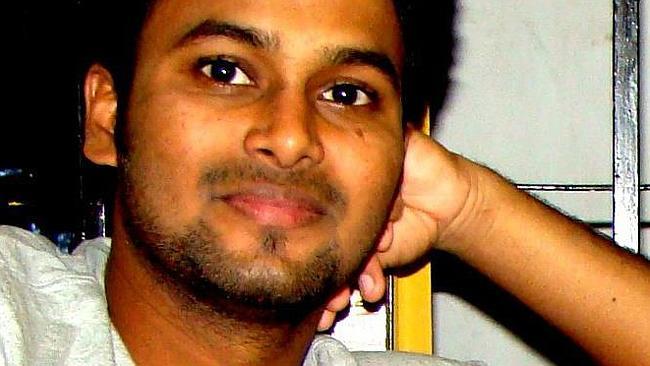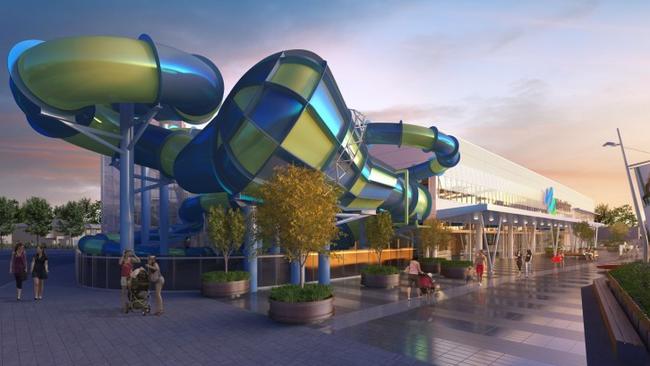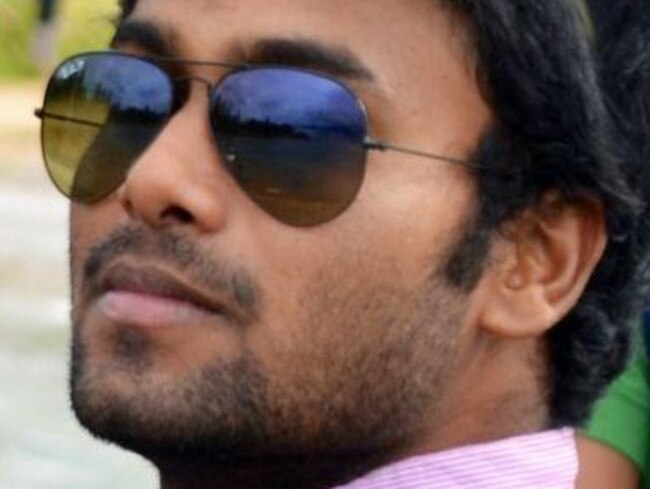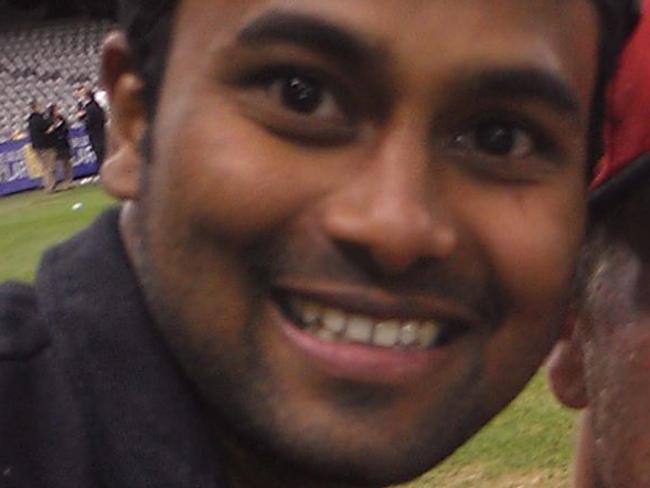Coroner investigates death of man who drowned in public pool
A MAN who tragically drowned near a lifeguard at a public pool in Melbourne should never have died, a coroner says.

A MAN who tragically drowned near a lifeguard at a public pool should never have died, a coroner said.
It was a hot February day in 2014 and Paul Rayudu and his partner, Virajithi Kelangi, went to the WaterMarc Aquatic Leisure Centre in Greensborough in Melbourne’s north east to cool off.
But a day out with his partner ended with him on the bottom of the 50m pool and nothing could be done to help him.
He was unconscious when he was pulled from the water and was taken to Austin Health hospital in Heidelberg in Melbourne’s north east but he died six days later.
A coroner investigated Mr Rayudu’s death, to determine whether or not it could have been prevented and if the pool had the right procedures in place to deal with emergency situations.
Mr Rayudu was just 23-years-old and arrived in Australia from India in 2012 on a student visa.
On the day Mr Rayudu died, he and his partner decided to try and find a waterslide and after searching the internet they found the WaterMarc Aquatic Leisure Centre.
They asked for access to the waterslide only but it was closed so they settled on just going for a swim in the pool.
They went to a 50m pool where the shallow and deeps ends were separated by a boom.

Mr Rayudu’s partner told the coroner’s court the pool was busy on that hot summer day.
They got into the pool in the shallow end and held onto the edge.
“After some time we felt confident and our legs were touching the ground and we thought it was OK, we can manage without any support, without holding anything. We moved towards the middle of the shallow end,” Ms Kelangi said.
Coroner Audrey Jamieson found the pair were not strong swimmers.
When the couple let go of the edge of the pool, Ms Kelangi said she noticed the boom separating the shallow and deep ends was removed and Mr Rayudu wanted to start swimming.
He swam out to the middle of the pool and back to his partner.
They were about shoulder-deep in the water.
Documents from the coroner’s court said the couple then stayed in the shallow end and frolicked in the water and splashed each other.

The boom, which was dividing the pool was moved to the deep end.
The boom no longer separated the shallow end and deep end and created a “drop off zone” where the depth went from shallow to deep sharply.
Ms Kelangi was later found floating face down in the pool near the drop off zone and she was pulled out from the water by other swimmers.
The coroner’s report says the other swimmers yelled out to a lifeguard nearby to get attention.
Two lifeguards supervising another pool became aware of the emergency and they started performing CPR.
It was only now other swimmers noticed Mr Rayudu was at the bottom of the pool and he was pulled out and given CPR as well.
The Metropolitan Fire Brigade was the first to arrive after emergency services were called and paramedics and police showed up soon after.
Mr Rayudu was taken to hospital and intubated, sedated and taken to intensive care but his condition wasn’t improving and he continued to deteriorate over the following days.
He died on February 8 after his family made the decision to remove the tube from his airway.

In a review of the pool’s procedures, the aquatic centre, run by Banyule Council, said a lifeguard must supervise the drop off zone once the boom is removed.
The coroner believed the couple did not realise the dangers of getting out of their depth but said they had only planned to stay in the shallow end of the pool.
There was no clear reason as to how Mr Rayudu got into trouble in the water but the coroner said the death could have been prevented.
There were only four lifeguards to supervise about 250 swimmers at the pool and the coroner found the lifeguards weren’t being closely supervised and were distracted.
The managers of the pool apologised to Mr Rayudu’s family.

Between 2000 and 2015, there were 14 confirmed and suspected drownings in public swimming pools in Victoria and seven of those occurred in 2014-15.
The coroner said the Victorian Government should look at public swimming pools and their safety standards.
There was signage around the pool at the WaterMarc aquatic centre warning people of the depths and while the coroner accepted that was approved by Lifesaving Victoria, she said it was not possible to say how effective the signage had been in informing swimmers of the dangers.
The coroner found the signage played no part in deterring Mr Rayudu and his partner from swimming in the area.
The coroner said the signage and the lifeguard supervision was inadequate and designating a lifeguard to supervise the drop off zone was a preventive measure.
The coroner was satisfied that WaterMarc made changes to improve safety since Mr Rayudu’s death.
“No one should drown at a public pool,” the coroner said.
